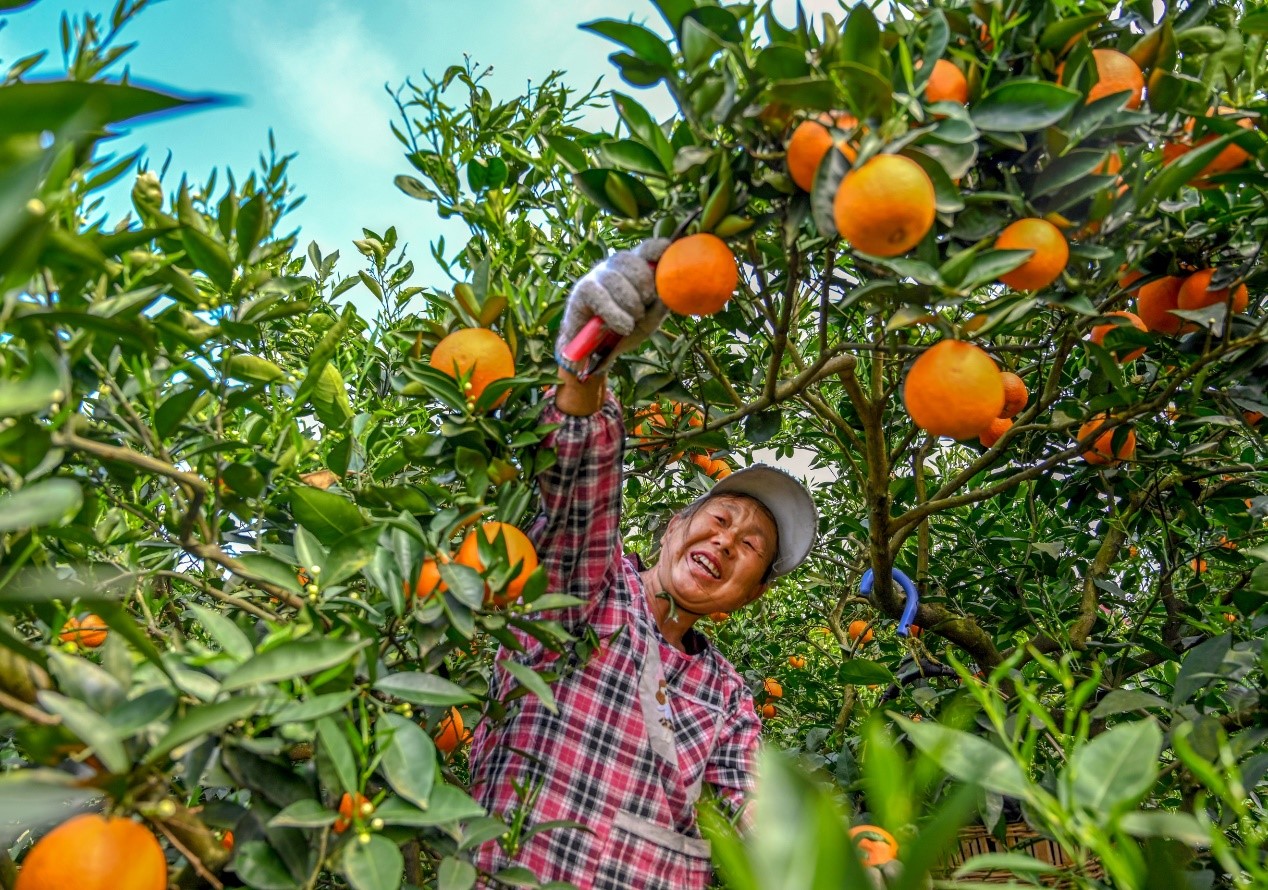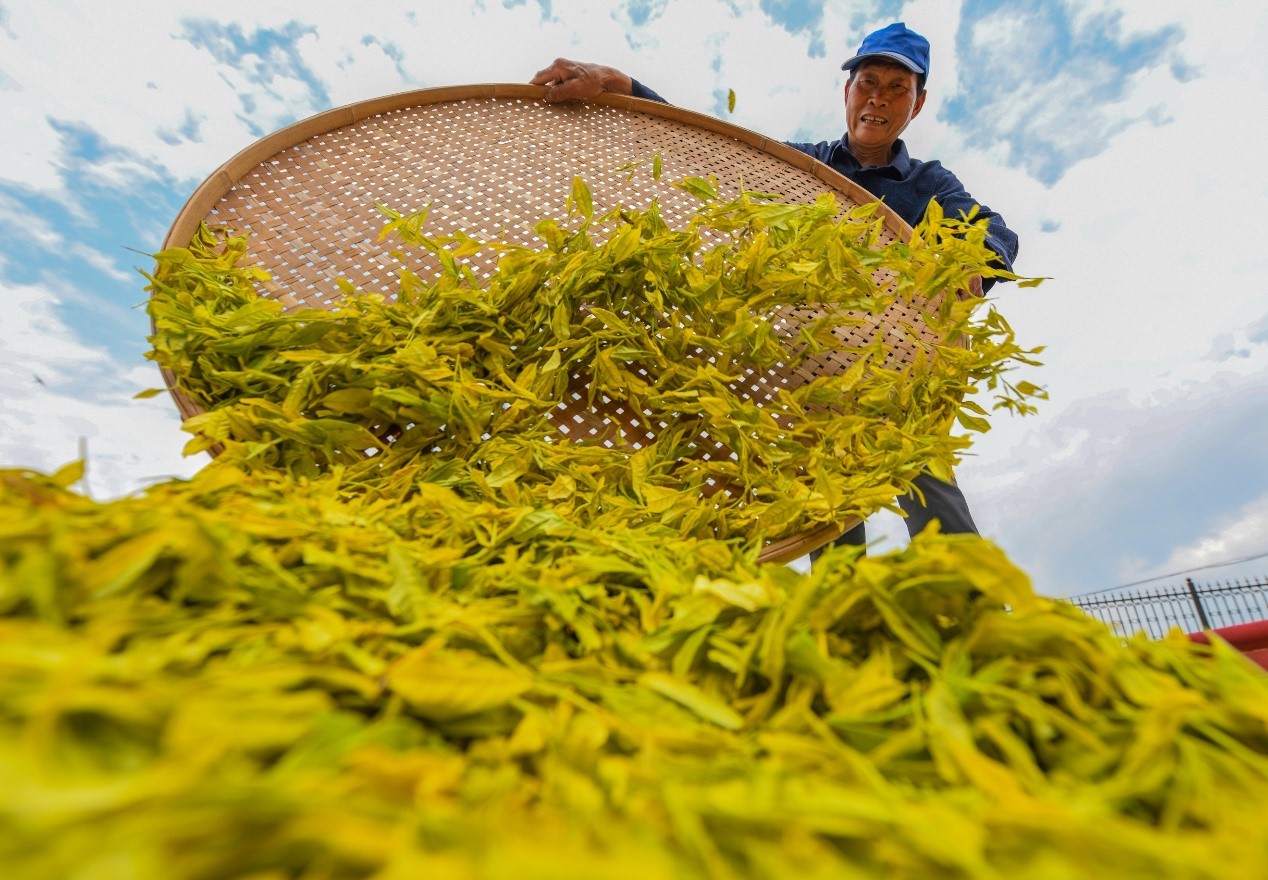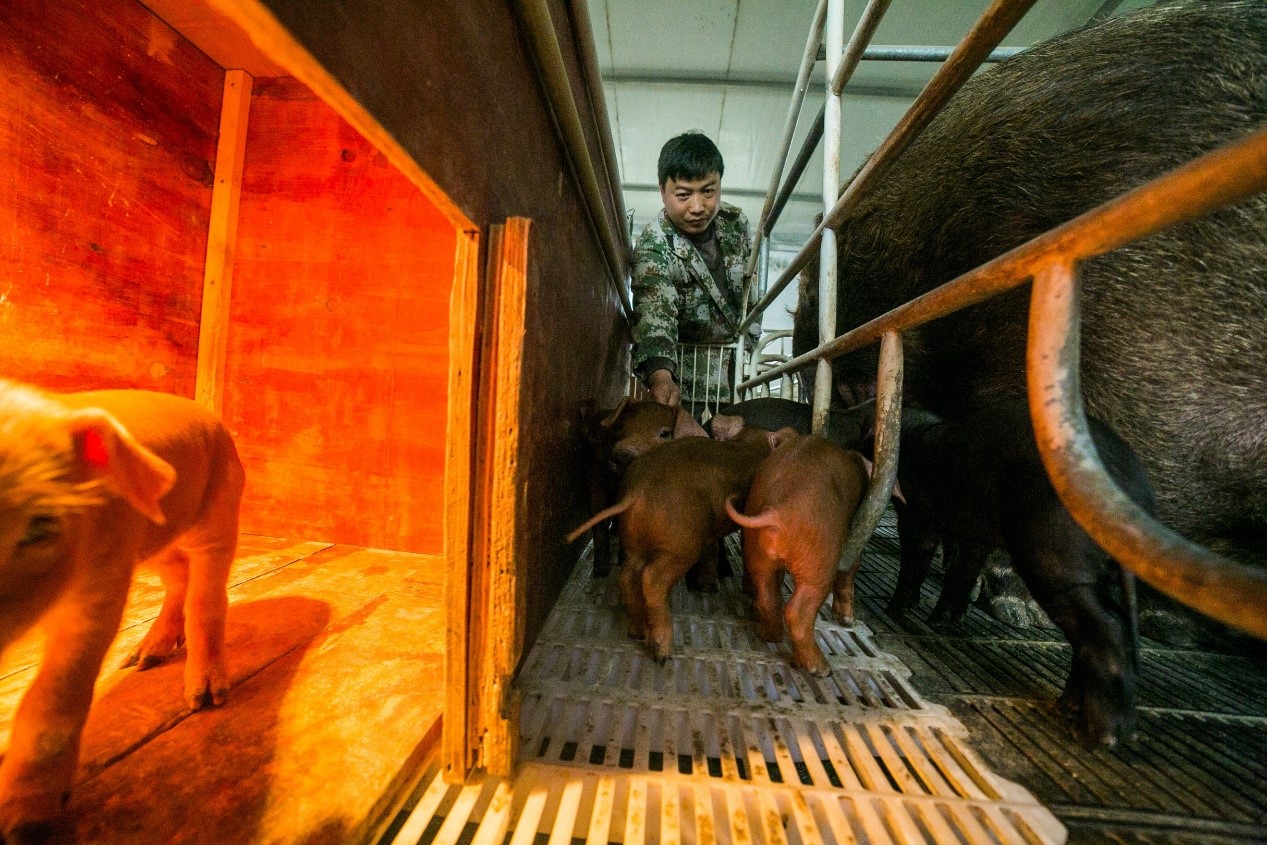Chongqing’s Wanzhou district achieves green development through ecology-friendly agriculture
By Wang Binlai, Jiang Yunlong, Chang Biluo, People’s Daily
Wanzhou district of southwest China’s Chongqing municipality made impressive achievements in agriculture in Q1 despite the impact brought about by the sudden outbreak of the novel coronavirus epidemic.

Photo taken on May 8 shows a beautiful image of the early summer in Lizi village, Taiji township, Qianjiang district, Chongqing municipality. Photo by Yang Min/ People’s Daily Online
Located in the Three Gorges reservoir region, Wanzhou saw a 3.5 percent increase in the added value of agriculture in Q1, among which the orange industry achieved an output of 600 million yuan ($84.5 million), up by 15.3 percent year-on-year.
At present, the district has an orchard area of nearly 800,000 mu (53,333.33 hectares), and is expected to have 1.23 million hogs by the end of the year. Turning from a barren place to a sea of green, Wanzhou is gaining a strong momentum of sustainable development.
Such achievements came from the district’s effort in recent years to make good use of the ecological environment and upgrade high-efficiency agriculture in mountainous areas.
Thanks to agricultural transformation, Wanzhou’s farm production showed no sign of reduction amid the COVID-19 epidemic.

A villager picks navel oranges in an orchard of Santuo village, Anping township, Fengjie county, Chongqing municipality on April 9. Photo by Wan Nan/People’s Daily Online
“The farmers used to grow corns in the small fields scattered in the hilly areas, and the yield was very low,” said Tong Wen, director of Wanzhou’s department of agriculture and rural affairs.
“The only way out for developing agriculture in mountainous areas is to restructure the agriculture according to local advantages and make the sector more efficient,” Tong added.
Wanzhou, located in the mountain, enjoys unique environment and has a vertical climate, which is very desired in developing high-efficiency agriculture.
Based on such advantages, the district mapped out a new development plan for local agriculture – growing citrus in areas with an elevation lower than 500 meters and planting tea in areas above 800 meters. Besides, fruitlets such as late-maturing plums and early-maturing pears are planned for the elevations ranging from 500 meters to 1,000 meters.

A farmer dries tea leaves in a tea farm in Yuntai Mountain, Shuangpai County, Yongzhou in central China’s Hunan province on May 2. Photo by Jiang Keqing/ People’s Daily Online
The preliminary results of the new agricultural pattern ignited farmers’ enthusiasm. Now Wanzhou has turned into a lush district with a 380,000-mu citrus base, a 220,000-mu base for above-mentioned fruitlets and a 52,000-mu ecological tea base.
The district also pursues green development by taking a holistic approach of farming and husbandry. Qichang pig farm in Tian’e village is an example. It is clean and tidy without the smell of excrement, which is totally different from conventional pig farms.
“This pig farm is distinctive. With new techniques, the pigs’ waste will be turned into organic fertilizer, instead of pollutants,” the pig farm introduced.
In the pig farm, hundreds of pigs live on an “iron wire gauze” from which their excrement is drained and then collected by an automatic machine outside the pigsty. The collected excrement will be made into organic fertilizer together with straws and other materials.

A villager checks the health condition of the piglets in Pingqing village, Nayong county, Bijie, southwest China’s Guizhou province on April 3. Photo by People’s Daily Online
The combination of organic and formula fertilizers not only saves 20 percent of chemical fertilizers each year, but also increases the yield of fruit trees, said Chen Guanghui, a major grower in Ganning township. “300,000 kilograms of the fruit were shipped to overseas destinations last year when we firstly started exporting the products,” he added.
“We are determined to follow a green development path, with equal emphasis on developing the industry and protecting environment,” Tong noted.
This new method of pig raising is a win-win approach, in terms of both economic and ecological benefits, as it addresses farmers’ concerns over pollution, increases their income, and enables those working in the high-efficiency agriculture in mountainous areas to benefit from the cyclical development of farming and husbandry.












